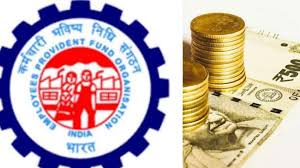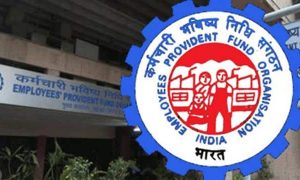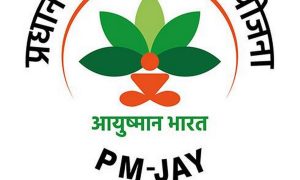“Due to the reduction in interest rates, the National Pension System (NPS) has emerged as an alternative to building a retirement corpus.”
EPFO recently lowered the interest rate to 8.1 per cent. This is the lowest interest rate the pension fund has had in 43 years. Despite this, the EPF remains a highly attractive investment option. Speaking on the development, Abhinav Angirish, Founder, Investonline.in, says, “As a result of market conditions and due to pressures on interest rates, the central board of trustees of the Employees’ Provident Fund Organizations has proposed lowering the interest rate. The reduction has a detrimental effect on the growth of the retirement corpus, while inflationary conditions further reduce the real returns.”
“Additionally, this decision comes at a time when interest rates on similar products such as public provident funds and other securities are low due to economic contraction, lower yields on government securities, and fixed deposits. Employee provident fund deposits now earn less interest, underscoring the need for salaried workers to start retirement planning early in their careers and consider diversifying their investment portfolios. Compounding works wonders for saving money and can also minimize (to a certain extent) the effects of low returns (on some types of investments),” he adds.
Further, he explained, “Due to the reduction in interest rates, the National Pension System (NPS) has emerged as an alternative to building a retirement corpus. Here is a table on the NPS Tier-I returns on the corporate, alternate assets, government and equity asset classes, respectively, for 1-year, 5-year and 10-year returns.”
| 1-year | 5-year | 10-year |
| 12.46%-14.47% | 9.27%-10.15% | 10.05%-10.64% |
| 3.98%-16.73% | NA | NA |
| 12.95%-14.26% | 10.29%-10.88% | 9.57%-10.05% |
| 15.33%-18.81% | 13.11%-15.72% | 10.45%-10.86% |
Read More: EPFO Latest Update | Rules Around TDS On Interest Changed. Check Complete Details Here
“Inevitably, the previous rates were unsustainable. As a result, employees will realize that they cannot solely depend on their EPFs … they will be encouraged to invest in a more diverse portfolio including alternatives like NPS and mutual funds. There is an increasing awareness of the NPS amongst a growing number of individuals. In the most recent data provided by the Pension Fund Regulatory and Development Authority (PFRDA), NPS subscribers have jumped by 22.31% during the past year to reach more than 50.72 million subscribers as of end-February 2022, indicating that people are looking at multiple retirement options,” he said.
He further says, “Although EPF is no longer as popular as before, it will remain one of the most attractive retirement savings vehicles, largely due to its tax efficiency at all stages – contribution, investment, accumulation, and maturity. Even though there are tax implications if you contribute more than Rs 2.5 lakh per year, EPF is still a popular option for most subscribers. Following is the chart of returns for 3-5 years for different asset class.”
| Instrument | Expected Returns |
| Post Office Monthly Income Scheme | 6.60% |
| National Savings certificate | 6.80% |
| Kisan Vikas patra | 6.90% |
| Corporate Fixed Deposits | 6%-6.5% |
| Dynamic Bond Funds | 6%-8% |
| Sr. Citizens Savings Scheme | 7.40% |
“You should concentrate on equities in your retirement portfolio if you are a long way from retirement. Alternatively, you can use the NPS, where you can invest up to 75 per cent in equity (if your risk appetite allows it). Additionally, actively managed and passively managed equity mutual funds are the best option available to generate decent returns in the long run. In the long run, equity investments offer better returns than fixed-income instruments, even if they are volatile in the short term,” he added.
Read More: EPFO New Tax Regime: 10 important things subscribers should know about new rules
| Fund Type | 1 Year returns | 3 Year Returns | 5 Year Returns |
| Largecap Fund | 17-23% | 17-20% | 15-18% |
| Large and Midcap Fund | 17-27% | 17-23% | 15-19% |
| Multicap Fund | 15-26% | 15-27% | 13-16% |
| Medium Duration Fund | 4-8% | 4-8% | 4-7% |
“The ideal approach is to allocate a certain percentage of your portfolio to fixed income instruments — for instance between 10 and 20%. EPFs and PPFs are two of the most popular forms of retirement savings options. Make sure that you do not over-allocate to EPF just because it is government-backed and entirely safe. By doing this, there would be insufficient money left over for you to invest in equities, which is an asset class that has the potential to beat inflation and help you retire with a sizable chunk of cash at retirement. Ideally, you should seek the guidance of a qualified financial advisor who will understand your risk profile and suggest the most appropriate investment for you,” he concluded.





































